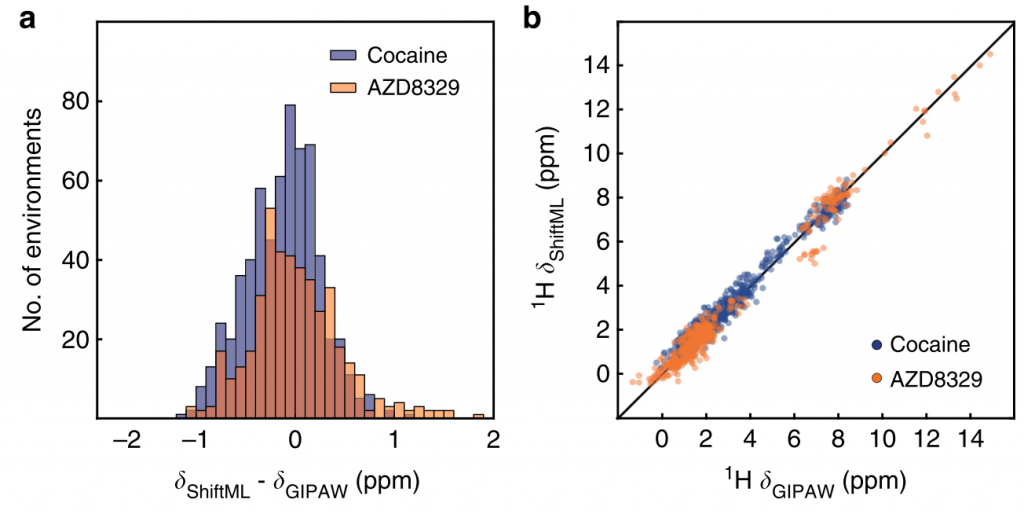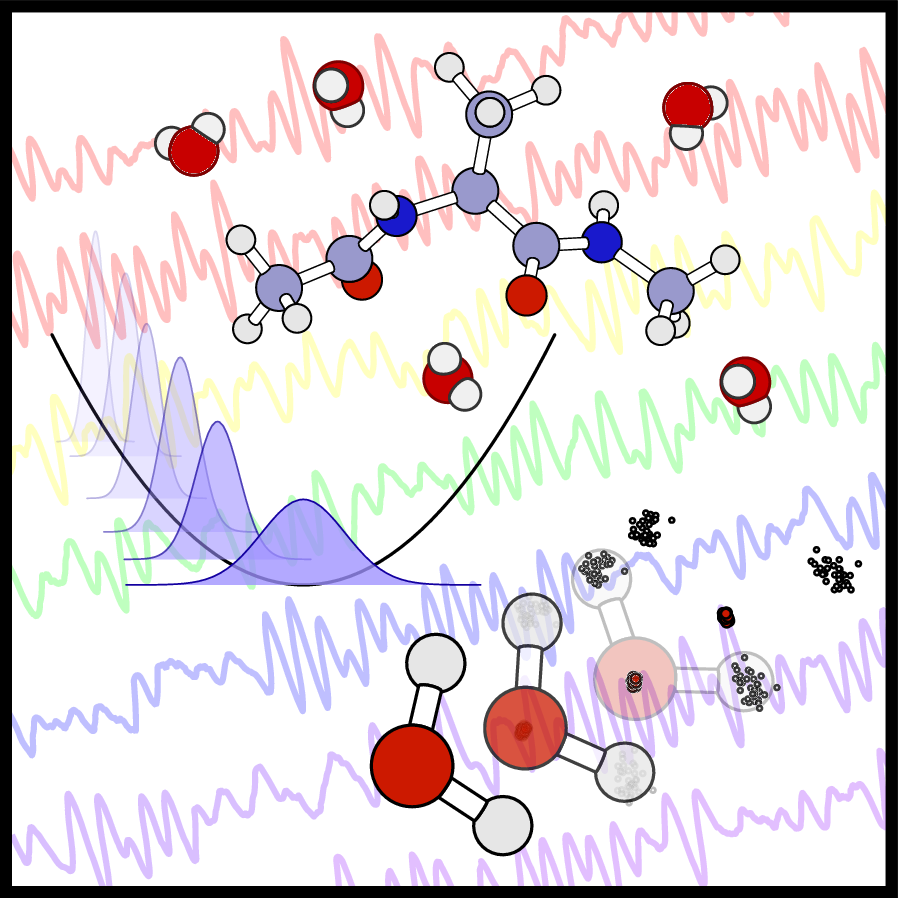Machine learning potentials and properties
An accurate description of the interatomic potential is the cornerstone of any predictive atomistic model. Unfortunately, reliable electronic structure methods are computationally demanding, which makes it hard or impossible to model complex materials at finite temperature without very severe approximations. Machine learning has emerged as a way to sidestep the electronic-structure calculations, using a small number of reference evaluations to generate a data-driven model of the property of interest.

We are constantly developing new potentials, and improving the description of atomic structures that underlies these models, and most of the time we would be able to discuss together a thesis project that entails a substantial contribution to such developments.
Making molecular dynamics more efficient
Molecular dynamics is a powerful simulation techniques that generates atomic configurations consistent with the experimental thermodynamic state point, making it possible to understand the structure, the behavior and the properties of a material at the nanoscale [1,2].
Given an empirical or first-principles model of the interatomic forces, molecular dynamics proceeds to integrate Newton’s equations, to follow the motion of atoms in time. Unfortunately, this procedure has to proceed in tiny steps, comparable to the fastest vibrational motion in the material, which is often much smaller than the time scale on which interesting phenomena (chemical reactions, phase transitions) happen.

In this project, we will investigate methods to bridge the gap between thes two time scales, either by making the exploration of configuration space mor efficient with the use of (correlated noise) Langevin dynamics [3], or by adapting the time step of the simulation to the different time scales that are present in the system.
[1] Allen, M. P., & Tildesley, D. J. (1990). “Computer simulation of liquids”. Oxford University Press, USA.
[2] Frenkel, D., & Smit, B. (2002). “Understanding Molecular Simulation”. London: Academic Press.
[3] Ceriotti, M., Bussi, G., & Parrinello, M. (2009). “Langevin Equation with Colored Noise for Constant-Temperature Molecular Dynamics Simulations”. Physical Review Letters, 102(2), 020601. doi:10.1103/PhysRevLett.102.020601